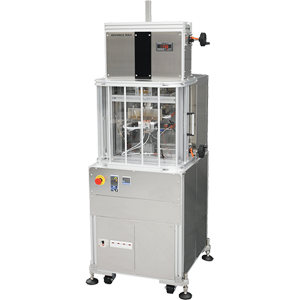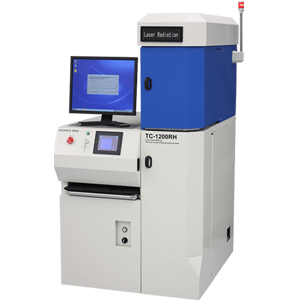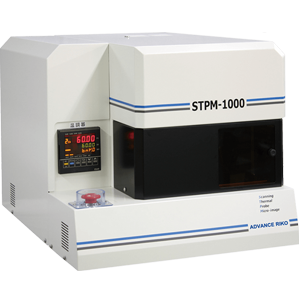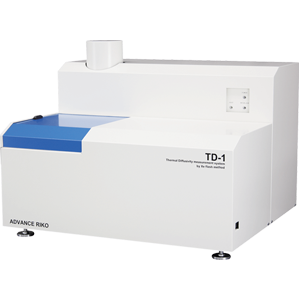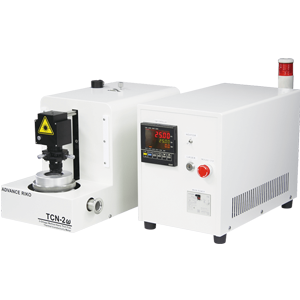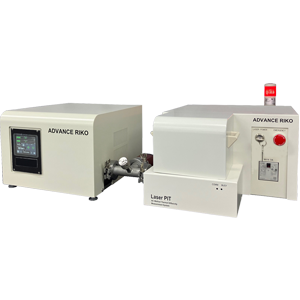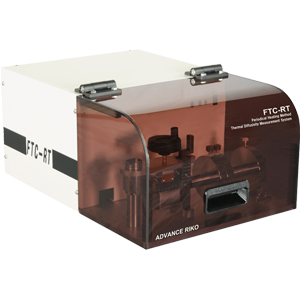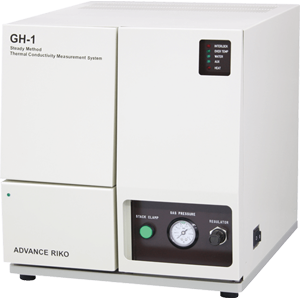Thermal conductivity・Thermal diffusivity Analyzer list
It is possible to measure a wide range of thermal conductivities from steady-state methods to non-steady-state methods (flash method and periodic heating method). We can measure thermal conductivity (thickness direction/plane direction) and thermal resistivity according to a wide variety of needs. For example, we can use bulk-material to 20nm to 500μm thin films, and various kinds of composites such as metal + resin. We can also respond to requests for measuring the thermal properties of materials for all-solid-state batteries.
-
Thermal Flow Rate Evaluation System for Low Thermal Resistance Multilayer Substrates F-CAL
It is possible to measure the multilayer materials, which is difficult with the laser flash method. This system is to measure the heat flow rate of a sample. A heating block is contact with the high temperature side of the sample, and the low temperature side of the sample is contacted with a low temperature block which works as both a cooling and a heat flow meter to perform measurement.v It is possible to measure the heat flow rate flowing……
-
Laser Flash Method Thermal Constant Measurement System TC-1200RH / TC-9000 series
Thermal conductivity measurements covering a wide range of materials not only thermoelectric materials but also metals, ceramics, carbon etc. The systems measure 3 thermal constants (Thermal diffusivity, Specific heat capacity, Thermal conductivity) for uniform solid materials such as thermoelectric materials, ceramics, carbon, Metal, etc
-
Scanning Thermal Probe Micro-image STPM-1000
2 dimensional distribution of Seebeck coefficient and thermal conductivity measurement system by thermal probe STPM-1000 is used for evaluating Seebeck coefficient and thermal conductivity simultaneously. Simple evaluation of thermoelectric materials is possible by simultaneous evaluations of seebeck coefficient and thermal conductivity. The thermal conductivity distribution evaluation of functionally graded materials, multilayer substrates and organic materials is also possible. STPM-1000 is expected to use materials evaluation as a basic tool.
-
Thermal Diffusivity measurement system by Xe flash method TD-1
Capable of evaluation of heat radiation film in the thickness direction and anisotropy The most suitable system for the evaluations of heat dissipation films etc. By using Xenon lamp, it enables to minimize the damage to the sample. Sample anisotropy can also easily measure by using the original attachment as an option.
-
2-Omega Method Nano Thin Film Thermal Conductivity Meter TCN-2ω
Thermal conductivity evaluation for a nano thin film at normal direction TCN-2ω is the world’s only system which can measure thermal conductivity for a nano thin film at normal direction.
-
AC Method Thermal Diffusivity Measurement System LaserPIT
Thermal conductivity evaluation in-plane direction of films, thin sheets and thin films etc. This system can measure thermal diffusivity of sheet materials in-plane direction by scanning laser heating AC method (Angstrom method). About high thermal conducting films, sub-micron thin films can also be measurable.
-
Periodical Heating Method Thermal Diffusivity Measurement System FTC series
Easily evaluate thin film materials that are difficult to measure with the flash method This system measures thermal diffusivity in the thickness direction of solids such as film polymers, paper, and ceramics by using the AC joule heating method. With specialized in room temperature measurement only, which is highly needed, a compact body and low cost have been achieved.
-
Steady Method Thermal Conductivity Measurement System GH series
Thermal conductivity evaluations of polymers and glass A heat-flow method Steady Method Thermal Conductivity Measurement System that complies with the US ASTM E1530 standard. This system measures comparatively low-thermal conductivity materials over a temperature range of 50 to 280°C.
